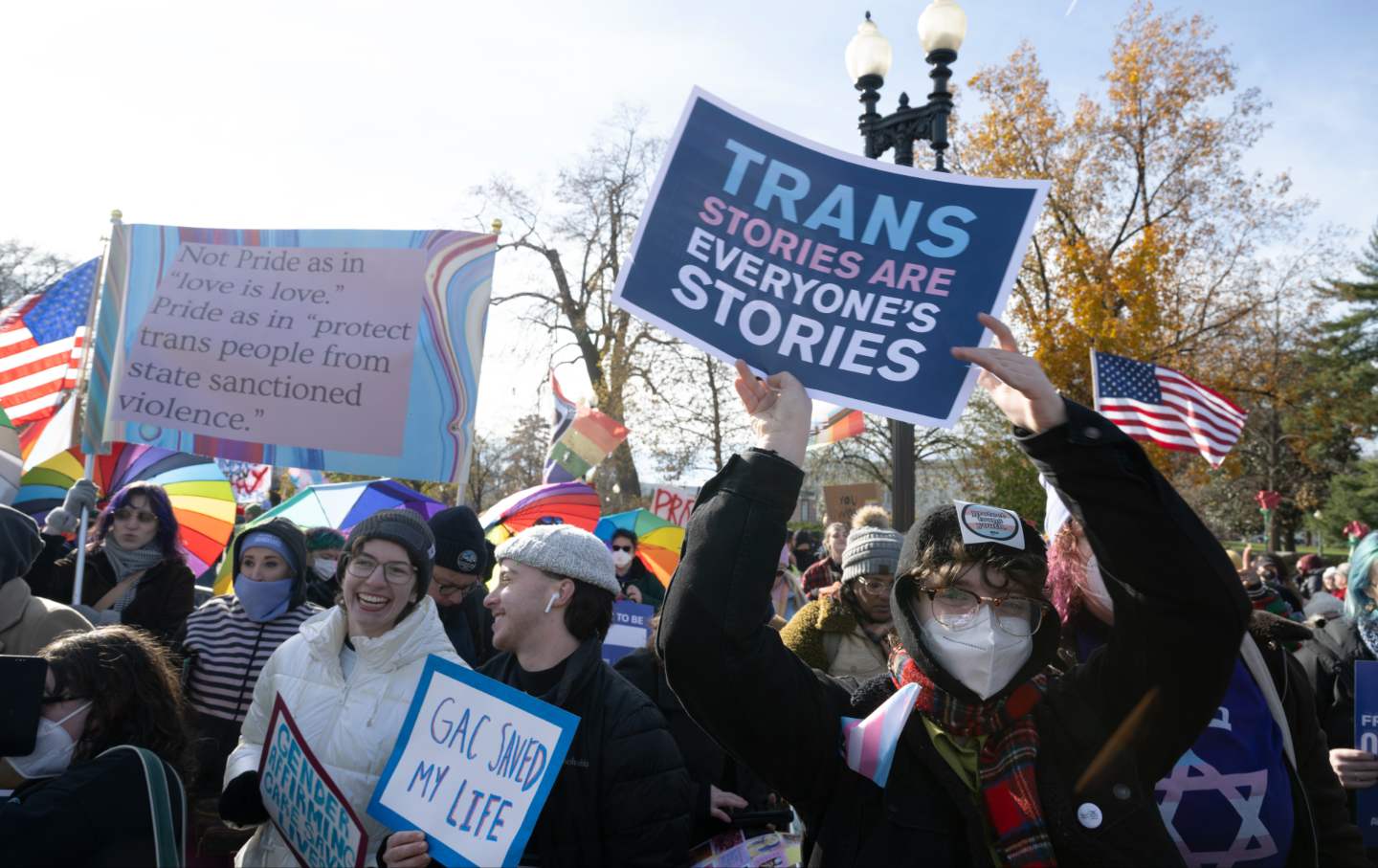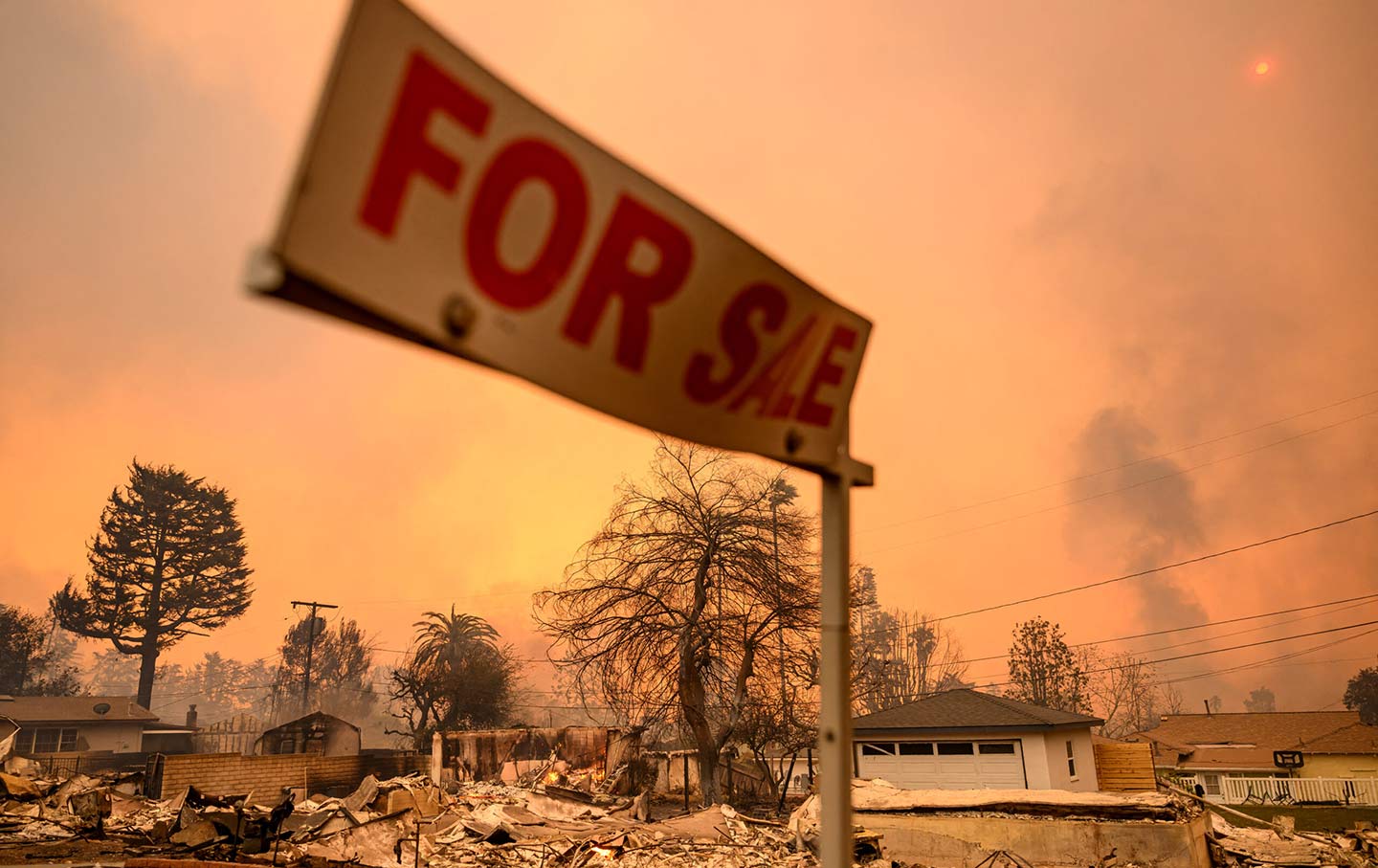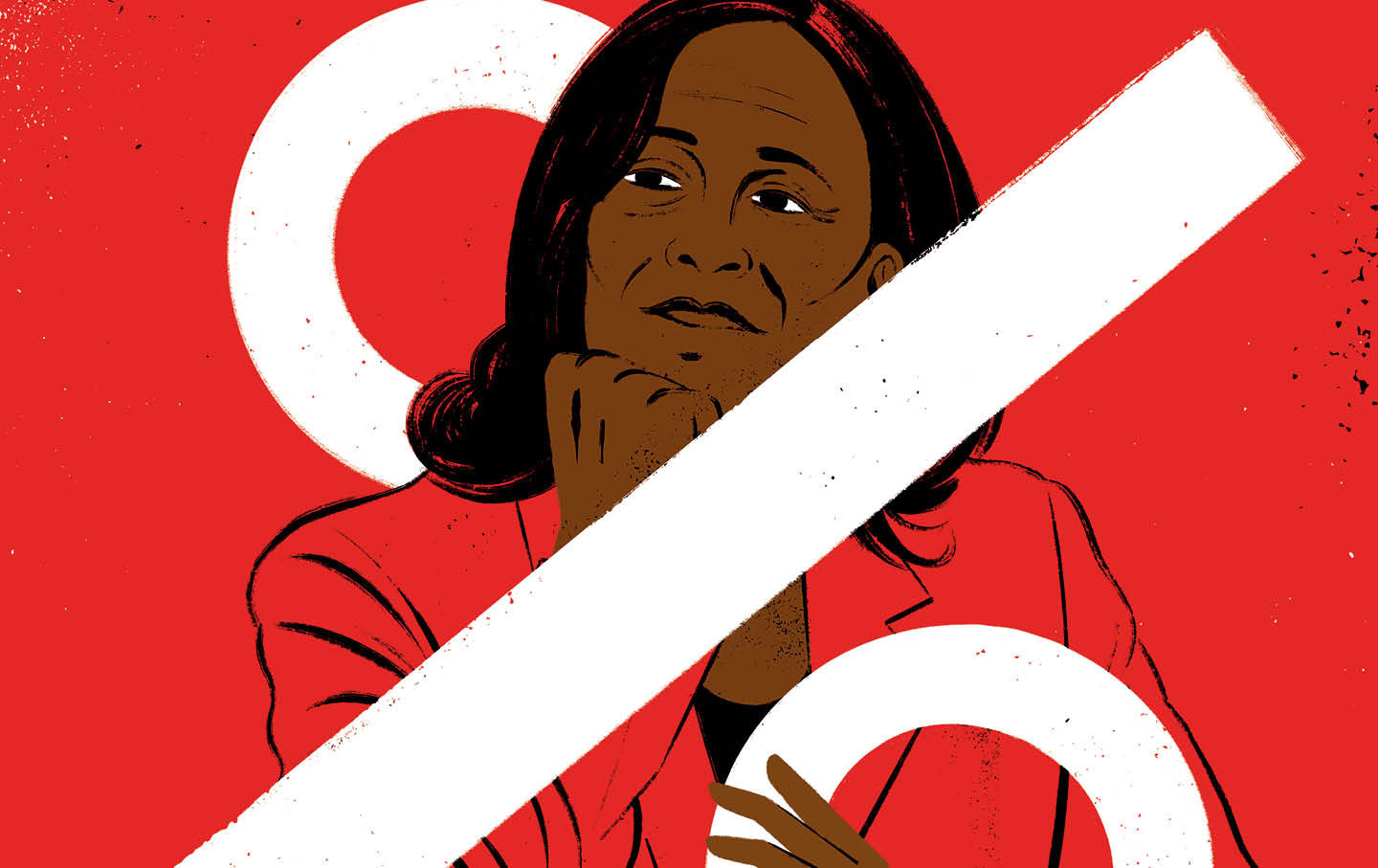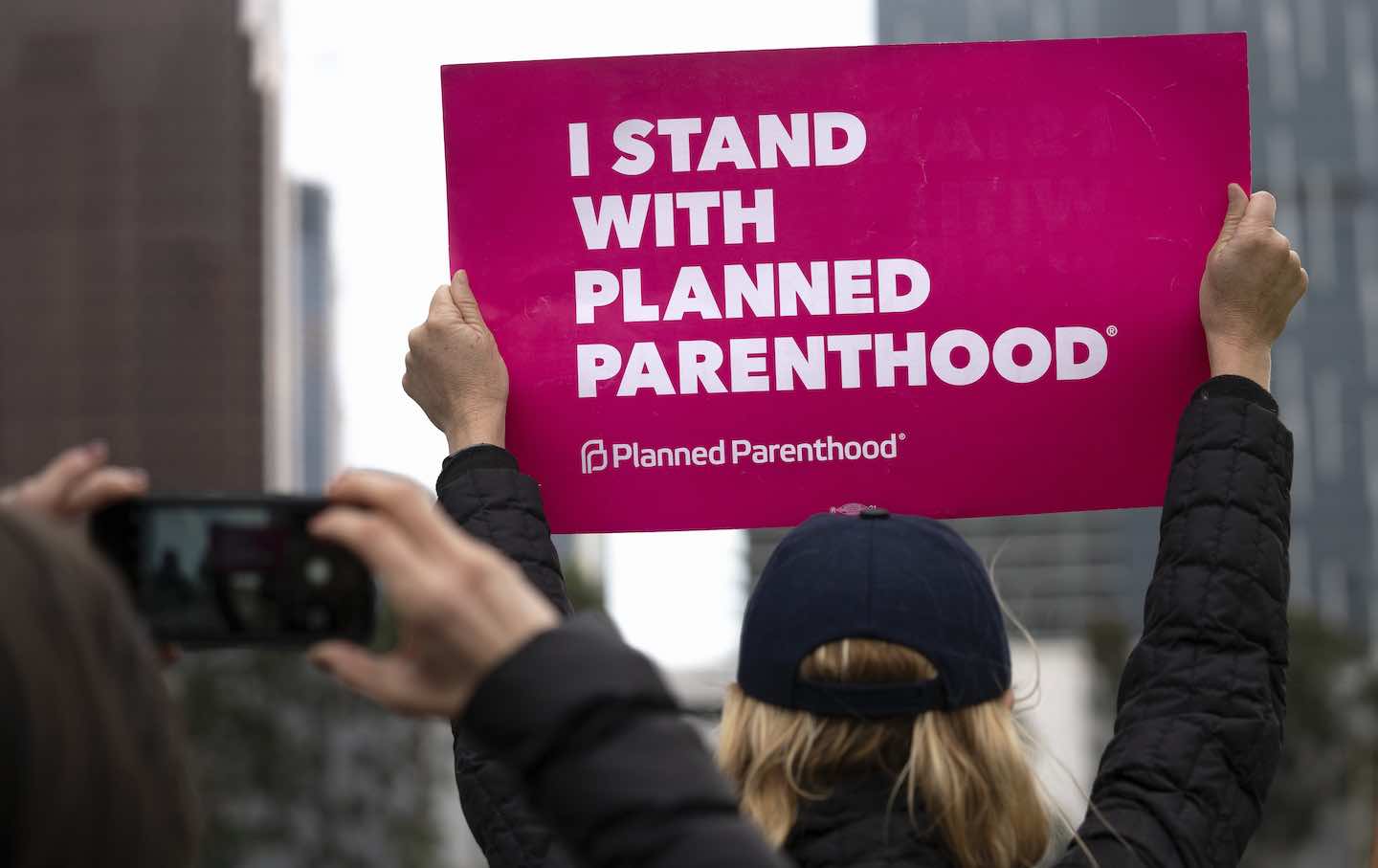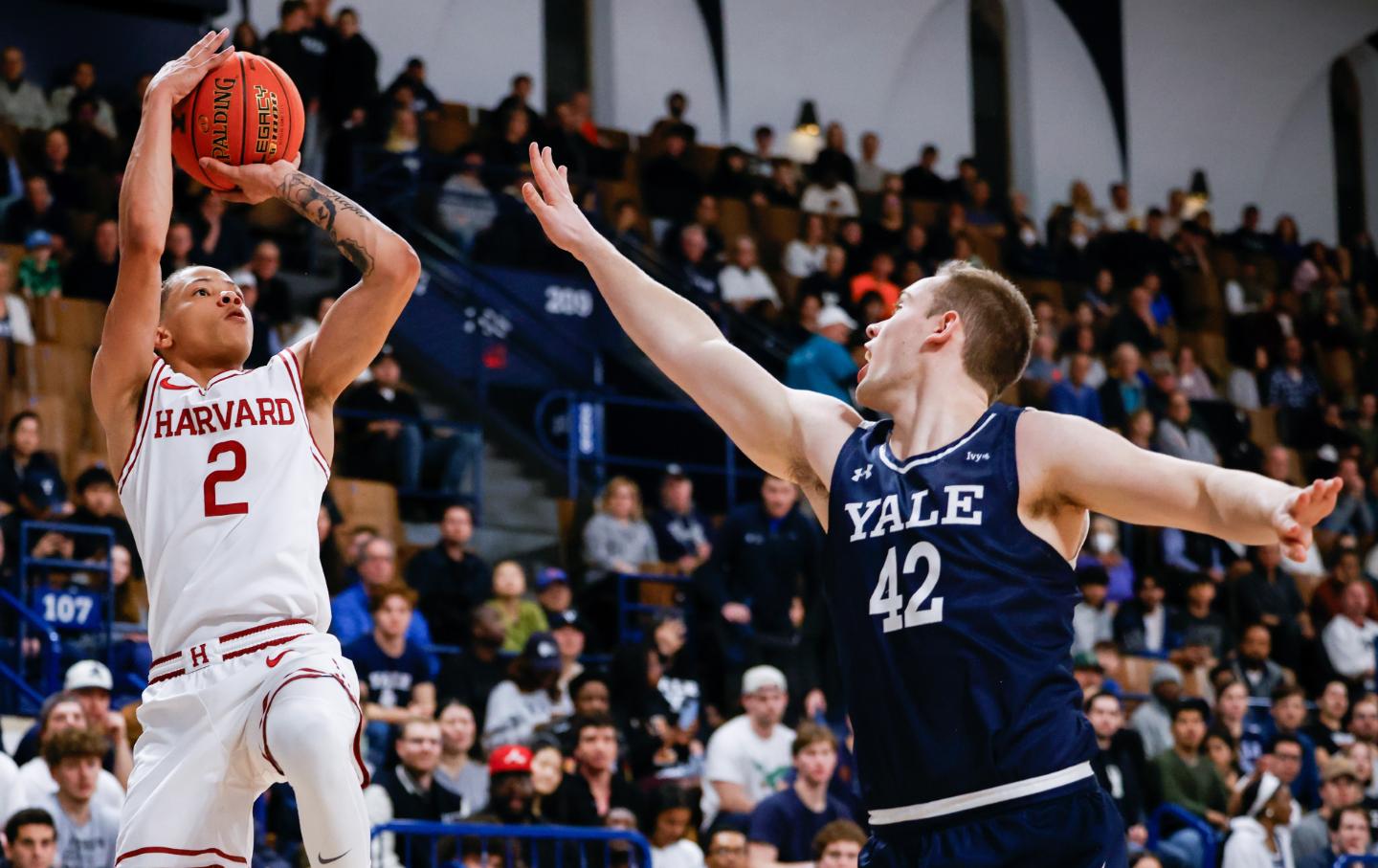How 2 Companies Came to Dominate the Media Business
Once upon a time, six companies controlled the media in this country. That, it turns out, was the good old days…

Although it seems like an eternity now, it wasn’t so long ago that the traditional film and television business was thriving. The Big Six media conglomerates—General Electric, Time Warner, Sony, Disney, News Corporation, and Viacom—ruled the industry. But the double whammy of streaming and the pandemic toppled the old-media oligopoly, which, with the singular exception of Disney, was woefully—if not fatally—slow to respond to the radically changing conditions. So most of the legacy media giants now are struggling simply to survive, while a new breed of digital-age behemoths, led by Amazon and Apple, gauge their film and television prospects, and Disney and Netflix lead the way into an uncharted online landscape.
The failure of the conglomerates to adapt is none too surprising, considering the unrivaled success they had enjoyed for decades. Spurred by Reagan-era economic policies and the FCC’s deregulation campaign, the media industries converged in a series of M&A waves that began in the 1980s with the News Corp–Fox, Time-Warner, and Sony-Columbia mergers and culminated in the acquisition of Universal by GE, NBC’s owner, and the launch of NBC Universal in 2004. At that point, the Big Six owned all the major film studios, all the broadcast networks, and most of the top cable networks. They dominated other media industries as well, but their key assets were their film and television holdings.
The NBC-Universal union also marked a decisive reset in the old guard’s response to new media. In 2000, Time Warner merged with the Internet colossus AOL (in a shocking deal valued at $165 billion), and Universal was acquired by the French conglomerate Vivendi (for $35 billion). The architects of both deals were betting on high-speed Internet delivery, then referred to as “broadband,” which was ramping up but not yet widely available. The rollout of broadband, however, proved to be disastrously slow, which was a key factor in the dot-com bust of the early aughts and the collapse of both the AOL–Time Warner and Vivendi-Universal deals in 2002.
In the wake of that dot-com bust and the consolidation of the Big Six, the film studios retrenched, doubling down on their traditional theater-driven business and blockbuster franchises. They also fixated on the exploding overseas markets, which couldn’t get enough of Hollywood’s franchise fare. Foreign revenues had started to climb in the 1990s, pulling even with the domestic returns and edging ahead in the early 2000s. Then, in 2004, foreign releases took off, leaping more than 50 percent ahead of the domestic returns. The gap became an abyss, with the foreign market doubling the domestic take by 2010 and nearly tripling it in 2019. At that point, 83 of the top 100 all-time worldwide hits had been released since 2004, and every one of them was a franchise film. The conservative turn paid off, as the studios reaped record profits and relied more and more heavily on high-cost, low-risk series spectacles. That put the squeeze on midrange and prestige pictures as well as on “Indiewood,” a formidable bloc of conglomerate-owned independent studios that was decimated after 2004.
The M&A action also stalled. The only significant deal over the next decade involved NBCUniversal, which GE sold to Comcast in a buyout that closed in 2013. Then, five years later, came the first inklings of another wave: AT&T’s buyout of Time Warner, an $85.4 billion deal that closed in June 2018, and Disney’s buyout of 21st Century Fox in a $71.3 billion deal approved by the feds that same month. More than simply a realignment of the old-media giants, the deals signaled the conglomerates’ first real response to streaming—the technology itself and the growing threat of Netflix and Amazon, two fast-rising media powerhouses. Both companies were launched during the digital revolution—Amazon by Jeff Bezos in 1994 and Netflix by Reed Hastings and Marc Randolph in 1997—and parlayed the new DVD technology into early success in the booming home-video sector. Both also shrewdly used the Internet, initially to market their inventory and, by the mid-2000s, to deliver films and TV series via streaming.
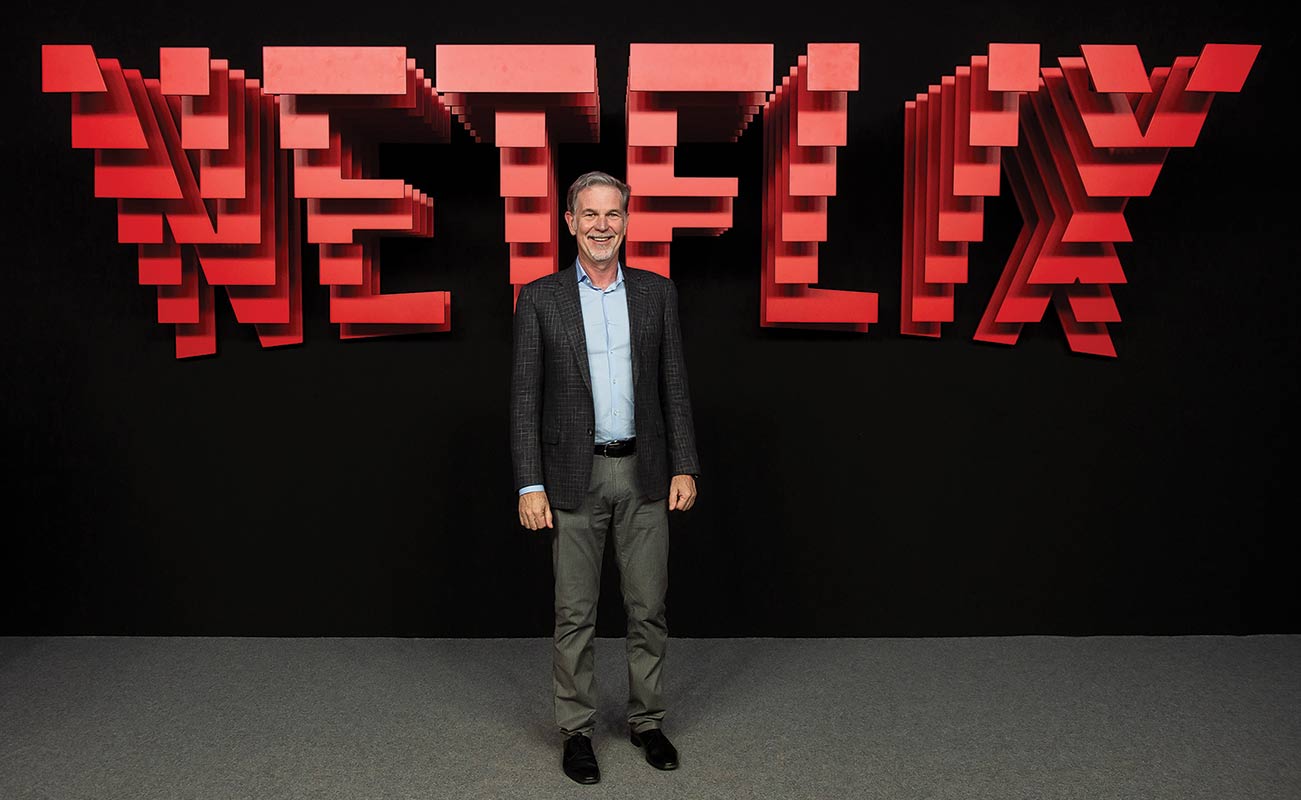
As digital delivery began overtaking DVDs in the early 2010s, Netflix revamped its business model. Hastings and his chief content officer (and eventual co-CEO), Ted Sarandos, increasingly built Netflix’s library around long-form TV series and moved aggressively into original programming to ensure a steady supply. Netflix premiered its first original series in 2012, the Nordic noir Lilyhammer, followed by a run of homegrown hits in 2013 that included House of Cards and Orange Is the New Black. Those cued Netflix’s swing to original programming, as its stockpile grew from 73 hours in 2013 to over 1,500 hours in 2018 and the company matured into a streaming-era TV network. In fact, Netflix nabbed 112 Emmy nominations in 2018, the first year since 2001 that any network outpaced HBO. Its subscriber count grew from 40 million to 140 million during that explosive five-year span, while its market value soared from $22 billion to $130 billion. Amazon followed suit, but at a more modest pace, building a massive film library on its Amazon Prime service and easing into original series programming, producing its first hit, Transparent, in 2014.
As their series production caught on, both streamers inevitably challenged Hollywood, and Amazon scored the first movie hit with Manchester by the Sea in 2016. But again, Netflix was more aggressive, releasing more than 50 feature films per annum by 2017, far outpacing Amazon and any of the studios, and edging into the theatrical arena with Oscar-qualifying limited releases of prestige pictures like Alfonso Cuarón’s Roma (2018). In fact, Roma provided one of two clear signals in early 2019 that Netflix had arrived as a Hollywood player. On the morning of January 22, the Academy of Motion Picture Arts and Sciences showered the film with 10 Oscar nominations, including Best Picture and Best Director. Later that same day, the Motion Picture Association designated Netflix a major Hollywood studio.
That was obviously a watershed moment for the streaming and movie industries, although Netflix would be overshadowed on both fronts in 2019, when multiple high-risk acquisitions by Disney CEO Bob Iger paid off in truly historic fashion. Three involved motion-picture companies: Disney’s buyout of Pixar (in 2006, for $7.4 billion), Marvel Entertainment (in 2009, for $4 billion), and Lucasfilm, the creator of the Star Wars franchise (in 2012, for $4.05 billion). Those new assets, along with Disney’s animation division, recast the company as a coalition of franchise-driven micro-studios. Disney released fewer features and relied more heavily on presold IP than the other major studios, and that strategy carried it to phenomenal heights. It led the industry four straight years in the late 2010s, peaking in 2019 with a 33 percent domestic market share on just 10 theatrical releases, nine of which were franchise blockbusters.
Media Special Issue
Disney’s foray into streaming in 2019 was also keyed to earlier acquisitions. In 2017, the company secured control of BAMTech, a streaming service owned by Major League Baseball, and later that year Iger announced the buyout of 21st Century Fox, which increased Disney’s heft in the media sector while giving it a controlling interest in Hulu, then the No. 2 streamer behind Netflix. The Fox buyout officially closed in March 2019, at which point Iger and company began gearing up for the November 12 debut of Disney+. The launch faced stiff competition from Apple, which rolled out its much-hyped streaming service Apple TV+ on November 1. But the latter’s meager lineup of nine original series and its lack of a library attracted few new subscribers, and the rollout was a bust.
Disney+, on the other hand, was a runaway hit, enrolling more than 10 million subscribers on day one and more than 25 million by late December. Its success was fueled by several factors: an ad-free, low-cost service ($6.99 per month, versus $12.99 for Netflix); the momentum of its theatrical hits; its small but incomparable library; and a slate of 25 original series and 10 new features, most of them tied to Disney IP—including a hit Star Wars series, The Mandalorian, that established the prototype for subsequent franchise offshoots.
The Disney+ launch was a tipping point in the streaming era, prompting the ramp-up of Warner’s HBO Max, NBCU’s Peacock and ViacomCBS’s Paramount+. It also came just before the outbreak of Covid-19, which accelerated the global move to streaming. The world learned to live online during the pandemic, rendering Netflix, Amazon, and Apple stronger than ever while pressuring the legacy companies that were betting on streaming to stay in the game, despite the crippling start-up and content costs. Netflix was the only profitable streaming service coming out of the pandemic, netting over $5 billion in 2021 and again in 2022, while the legacy companies lost billions.
Meanwhile, the theatrical market began to recover in 2021 and climbed to roughly two-thirds of its pre-pandemic levels in 2022. Franchise fever ran higher than ever, with the top 10 hits that year—all of them big-budget sequels or franchise films—accounting for over half the ticket sales in the United States. The M&A action also resumed, highlighted by two landmark deals announced in May 2021. One was Amazon’s $8.45 billion acquisition of MGM, giving it a legendary Hollywood brand and adding some 4,000 film titles to its massive library. The other saw AT&T, struggling with the move to streaming and with mounting debt, unload WarnerMedia in a deal with Discovery, a second-tier cable company that paid $43 billion for a minority stake and complete control of the stumbling media giant, which it rebranded Warner Bros. Discovery.
Popular
“swipe left below to view more authors”Swipe →This was a stunning setback for the once-mighty Warner, but the Disney-Warner duopoly that had ruled since the early 1990s was history. Disney’s main rival now was Netflix—a vastly different adversary that continued to expand at a staggering rate. Netflix released more than 450 titles in 2021 and over 700 in 2022, with far more feature films and series (in all formats) than its competitors as well as far more international productions. And Netflix accomplished this as a pure-play media company that was not conglomerate-owned and was not itself a conglomerate. Disney, conversely, was the consummate media-and-entertainment combine, a global juggernaut whose portfolio now included three streaming services and a total subscriber count of roughly 235 million—just surpassing Netflix’s 230 million and far ahead of the other legacy company streamers.
Netflix and Disney were thus a study in contrasts, although a few recent developments did bring them into closer accord. Brutal “market corrections” hit the industry in 2022, with the streamers’ stock value increasingly gauged in terms of profitability as well as subscriber growth. Disney and Netflix saw the steepest drops, as their market caps plunged more than $100 billion that year—Netflix down to $130 billion, about where it stood before the pandemic, and Disney down to the $170 billion range. Netflix tumbled when its decade-long growth suddenly slowed in early 2022, although its revenues and profits held up thanks to high subscription fees. Meanwhile, Disney struggled as a result of low fees and enormous content costs.
Despite the different reasons for their Wall Street woes, Disney and Netflix turned to the same remedy: TV commercials. Both launched ad-supported tiers in late 2022 to attract new subscribers and generate new revenues. This was hardly a novel strategy; all of the other major streamers already offered ad-supported plans. And the adjustment came easily enough for Disney, given its experience with commercial television and with Hulu’s ad-supported platform. It was a bitter pill for Reed Hastings, however, who had vowed never to sully Netflix with ads. But there was no stopping the online migration of commercial television, and an added benefit for Netflix was its alliance with Microsoft, which took sole responsibility for building and managing the streamer’s advertising business.
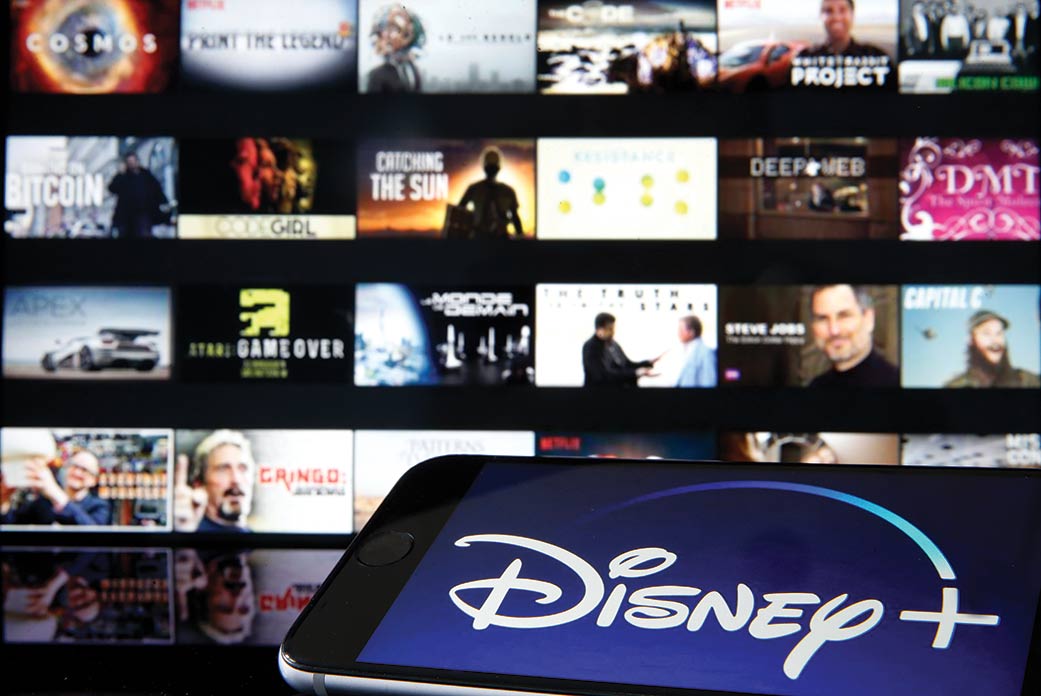
“Consolidation” was the industry buzzword in early 2023, with the Disney-Fox, Warner-Discovery, and Amazon-MGM mergers seen as mere previews in a Darwinian struggle to adapt and survive. But the major players stood pat, waiting for the recent disruptions—and the writers’ and actors’ strikes—to play out. More M&A action is inevitable, though, with Amazon and Apple increasingly invested in their media operations, and the tech giants Microsoft and Alphabet (the parent company of Google, which owns YouTube) ready to pounce. And the weaker legacy companies—Warner Bros. Discovery, Paramount Global, and what’s left of Fox—cannot possibly hold on without deep-pocketed digital-age allies (or owners).
The most intriguing M&A prospects are Disney and Netflix. Both have the capacity to survive and thrive on their own, but they are unlikely to sit still for long. Indeed, the question for both is whether they can afford not to attach themselves to a tech giant. Rumors have been swirling for years about a partnership between Apple and Disney, due largely to Iger’s penchant for high-stakes dealmaking and a long-standing rapport with Apple dating back to his close friendship with the late Steve Jobs, who sold Pixar to Disney. Netflix’s likeliest partner is Microsoft, which already handles its ad business and recently acquired the gaming superpower Activision Blizzard. Netflix has been quietly expanding into gaming for a few years, and together the two could rule the online gaming realm—and introduce yet another vital subindustry into the digital entertainment ecosystem.


